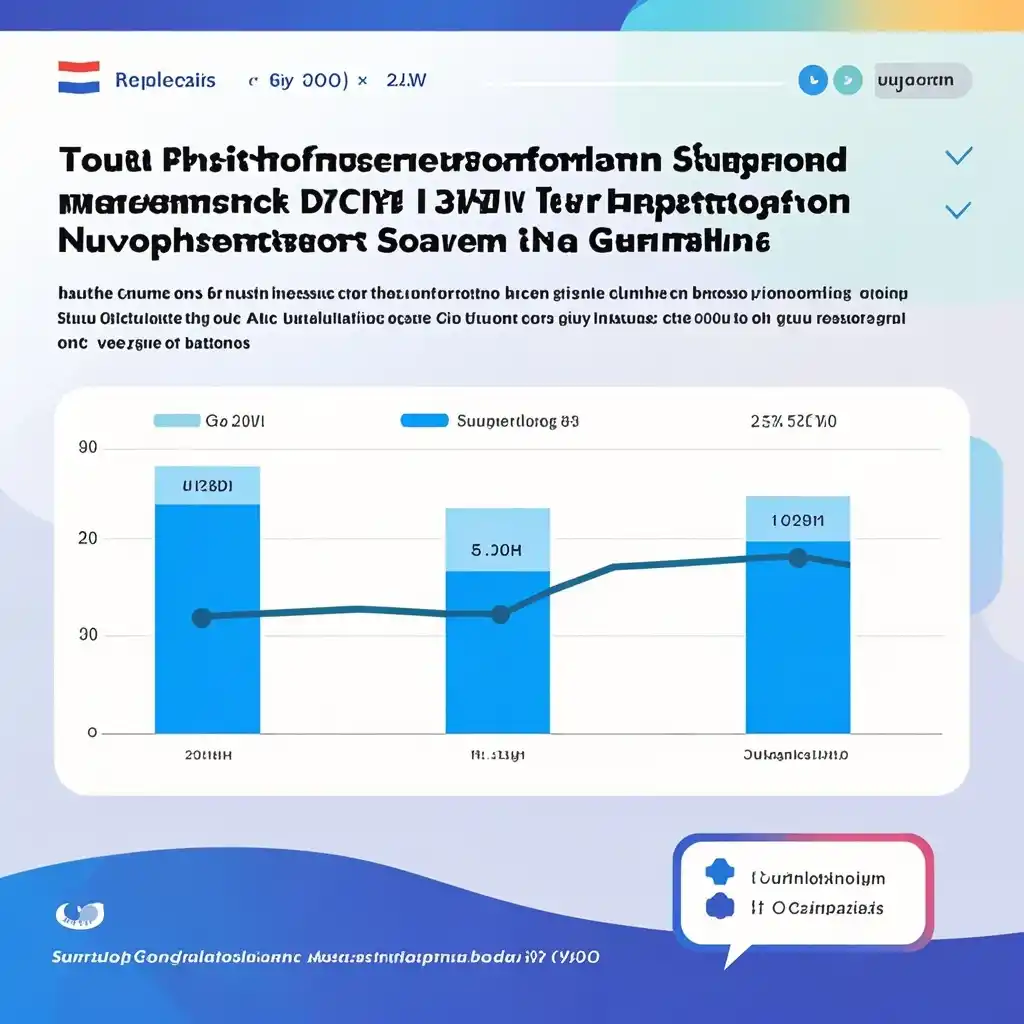

Maximize Your Cross - border E - commerce Profits in Southeast Asia: A Guide to Avoiding Tariffs Amidst the $120+ Billion GMV Boom!
1. Background
The Southeast Asian e - commerce market has been experiencing a remarkable boom. With a Gross Merchandise Volume (GMV) of over $120 billion, this region presents a lucrative opportunity for cross - border e - commerce enterprises. However, tariffs can significantly eat into profits if not managed properly. Tariffs are imposed on goods imported into Southeast Asian countries and can vary widely depending on the product category, country of origin, and trade agreements in place.
For example, in some Southeast Asian countries, tariffs on electronics can range from 5% to 20%. Textile products may face tariffs of around 10% - 15%. These tariffs are put in place for various reasons, including protecting domestic industries and generating government revenue. But for cross - border e - commerce businesses, they pose a challenge.
2. Market Opportunities
Despite the tariff challenges, the Southeast Asian e - commerce market offers numerous opportunities. The region has a large and growing population of digital - savvy consumers. Countries like Indonesia, Vietnam, Thailand, and the Philippines have a combined population of hundreds of millions, with a significant portion being young and middle - class consumers who are increasingly turning to online shopping.
The growth rate of e - commerce in Southeast Asia is also impressive. In recent years, it has been growing at an annual rate of over 20%. This growth is driven by factors such as increasing internet penetration, rising disposable incomes, and a growing preference for the convenience of online shopping. For instance, in Indonesia, the largest economy in Southeast Asia, e - commerce sales are expected to reach $83 billion by 2025, up from around $30 billion in 2020.
Moreover, many Southeast Asian countries are part of free - trade agreements (FTAs). For example, the ASEAN Free Trade Area (AFTA) aims to reduce tariffs and other trade barriers among its member states. This provides an opportunity for cross - border e - commerce businesses to source products from within the region more cost - effectively and potentially avoid some external tariffs.
3. Strategies
3.1 Sourcing Locally
One effective strategy to avoid tariffs is to source products locally within Southeast Asia. By establishing partnerships with local suppliers in the region, e - commerce businesses can take advantage of the AFTA and other local trade incentives. For example, if a business is selling clothing, it can source fabric from local textile mills in Vietnam or Thailand. This not only helps avoid import tariffs on raw materials but also reduces shipping costs and lead times.
Local sourcing can also enhance the brand's image as being more environmentally friendly and supportive of local economies. Studies have shown that consumers in Southeast Asia are increasingly conscious of these factors and are more likely to support brands that have a positive local impact.
3.2 Understanding Tariff Exemptions and Preferences
Each Southeast Asian country has its own set of tariff exemptions and preferences. For example, some countries may offer exemptions for small - scale imports or for products that are considered essential goods. E - commerce businesses need to thoroughly research and understand these exemptions. They can also take advantage of preferential trade agreements that their home country may have with Southeast Asian nations.
For instance, if a European e - commerce company is exporting to Vietnam, it should look into the EU - Vietnam Free Trade Agreement. Under this agreement, certain products may have reduced or zero tariffs, provided they meet the origin requirements specified in the agreement.
3.3 Product Classification and Valuation
Accurate product classification and valuation are crucial for minimizing tariffs. Tariffs are often based on the type of product and its declared value. E - commerce businesses should ensure that their products are correctly classified according to the Harmonized System (HS) codes used in international trade. A wrong classification can lead to higher tariffs or even customs delays.
Regarding valuation, businesses should be honest and accurate in declaring the value of their goods. However, they can also explore legal ways to optimize the declared value. For example, if a product has multiple components, the business can separate the value of each component and classify them separately if it results in lower overall tariffs.
3.4 Warehousing and Fulfillment Strategies
Establishing local warehouses in Southeast Asia can be a smart move. By storing inventory closer to the end - consumers, businesses can reduce shipping times and potentially qualify for different tariff treatments. For example, if a business has a local warehouse in Malaysia, it may be able to take advantage of Malaysia's domestic distribution tariffs, which are often lower than import tariffs.
Moreover, local warehousing enables faster order fulfillment, which is crucial for customer satisfaction in the highly competitive e - commerce market. It also allows businesses to better manage inventory levels and respond more quickly to changes in market demand.
4. Summary
The Southeast Asian e - commerce market, with its over $120 billion GMV, offers a vast potential for cross - border e - commerce enterprises. However, tariffs can be a significant obstacle. By implementing strategies such as local sourcing, understanding tariff exemptions, accurate product classification and valuation, and optimizing warehousing and fulfillment, businesses can effectively avoid or minimize tariffs and maximize their profits in this booming market.
It is essential for cross - border e - commerce businesses to stay updated on the ever - changing trade regulations and market dynamics in Southeast Asia. Continuous research, building strong local partnerships, and a flexible business approach will be the keys to success in this exciting and challenging market.